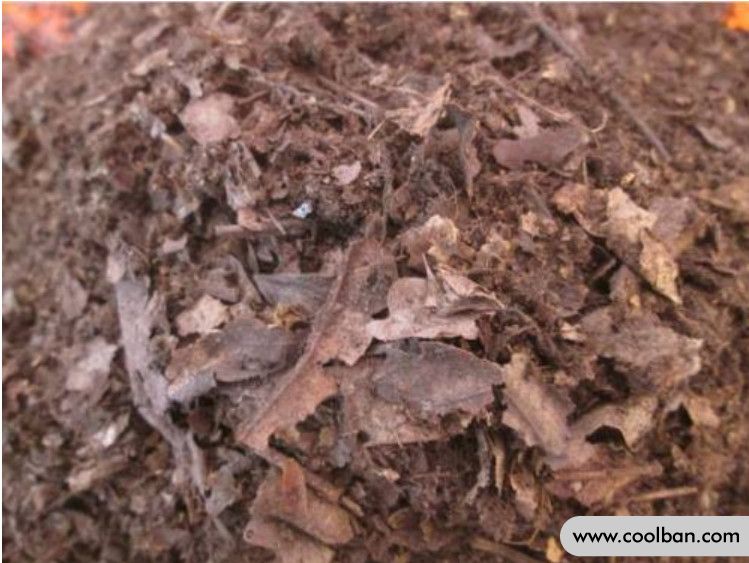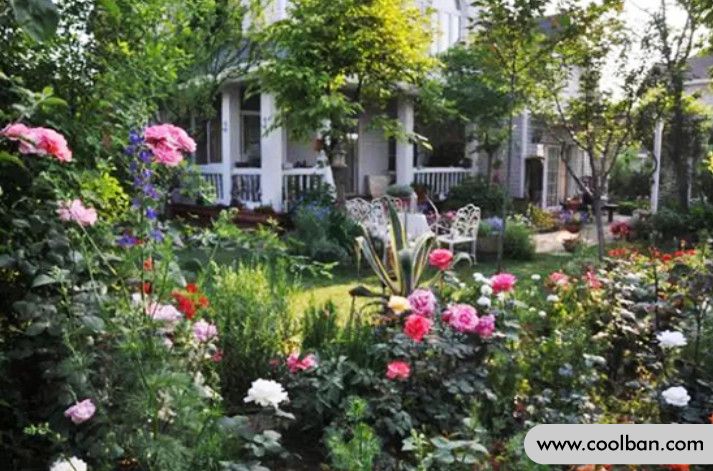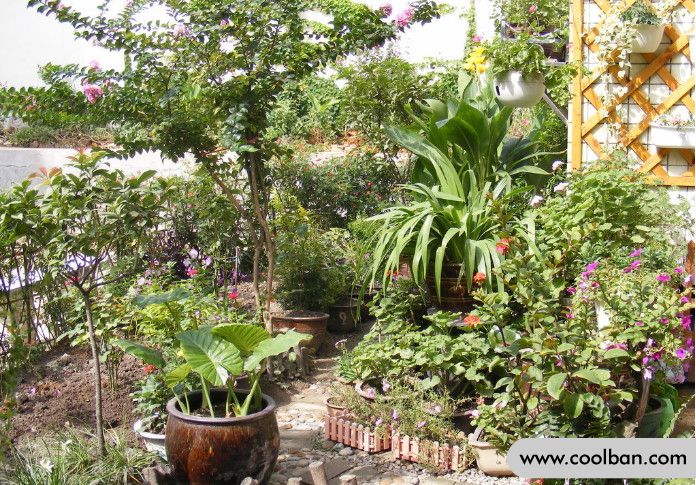What soils are used for gardening?
We usually grow some plants in our homes, but did you know that there are actually many kinds of soil for gardening? Today I will introduce to you some common gardening soils.

Soil for horticultural planting - garden soil:
Usually relatively pure soil, it can be added to a moderate self-mixing soil, or according to the water requirements of the plants being grown. It can be used directly on ground plants, but a peat mix can be used for the transition from pots to ground plants.
Soil for horticultural planting—— Mountain mud:
Cheap, good use, good moisturizing, not suitable for succulent production, suitable for growing green plants (important for growing large green plants indoors).
Horticultural planting soil—— Leaf mulch:
As the name suggests, these are decomposed plant stems and leaves. It is suitable for growing orchids because orchids have succulent roots that require a lot of oxygen and water. Orchids can grow in leaf cover if you add the right amount of terracotta and fairy dust for added moisture.

Soil for gardening— Nutrient soil:
Generally speaking, you can buy ready-made products in the market. Small quantities are fine. Planting large quantities is not recommended. The usual express service is not suitable.
The advantage is that it saves worry and effort, and the disadvantage is that it is expensive and not cost-effective. You can buy a few to see the main ingredients, configure it yourself, and understand the basic proportions of different plant soils.

Soil for gardening——Self-prepared soil:
Self-prepared soil needs: moisture (water), nutrients (fertilizer), respiration (oxygen). You can mix your own soil based on sunlight, temperature, humidity, rainfall, and the different needs of your plants.
Self-prepared soil requirements 1. Moisturizing properties
Generally speaking, a sticky, absorbent environment. For example: perlite, fairy soil, terracotta, vermiculite, peat, etc.
Requirements for self-preparing soil 2. Nutrients
Typically basal medium, peat, rotting fallen leaves, fermented pine needles, etc. If you're using coconut rock as your base medium, you'll need to combine this type of slow-release fertilizer with organic fertilizer. Others, such as plant ash, coal particles, volcanic rock, tungsten sand, solar rock, non-dairy powder, etc., provide other trace elements needed by plants.

Self-prepared soil requirements 3. Breathable
Granular materials with porous media structure can also increase the overall environmental humidity. For example: ash, coconut shell particles, pumice (light stone), pine limestone, green zeolite, diatomite, volcanic rock, rainbow stone (mixed stone), ceramic particles, stone masonry, etc.;
In areas with low humidity, the proportion of humectant particles can be reduced. In areas with more rain, larger pebbles such as pumice, bauxite and masonry should be placed at the bottom of the pool to prevent water loss.
Some plantings use self-prepared soils that are more versatile, such as terracotta, which is highly wetting, contains some necessary nutrients, and is well spaced between particles of pure terracotta. This is also my more commonly used medium, mainly in small pots, after all, it is very expensive and cannot be used in large quantities, various suction cups and small white phosphorus rods. It's still very good for cutting small seedlings, and terracotta cuttings have thicker roots than vermiculite cuttings.
Peat is a common self-contained soil, and its pH is 5.5-6.5, which is acidic. It's actually mostly moss, which has been artificially mixed with the soil to make it more suitable for growing plants. You may also have heard of peat, which is actually peat, and both are referred to as the same substance.
